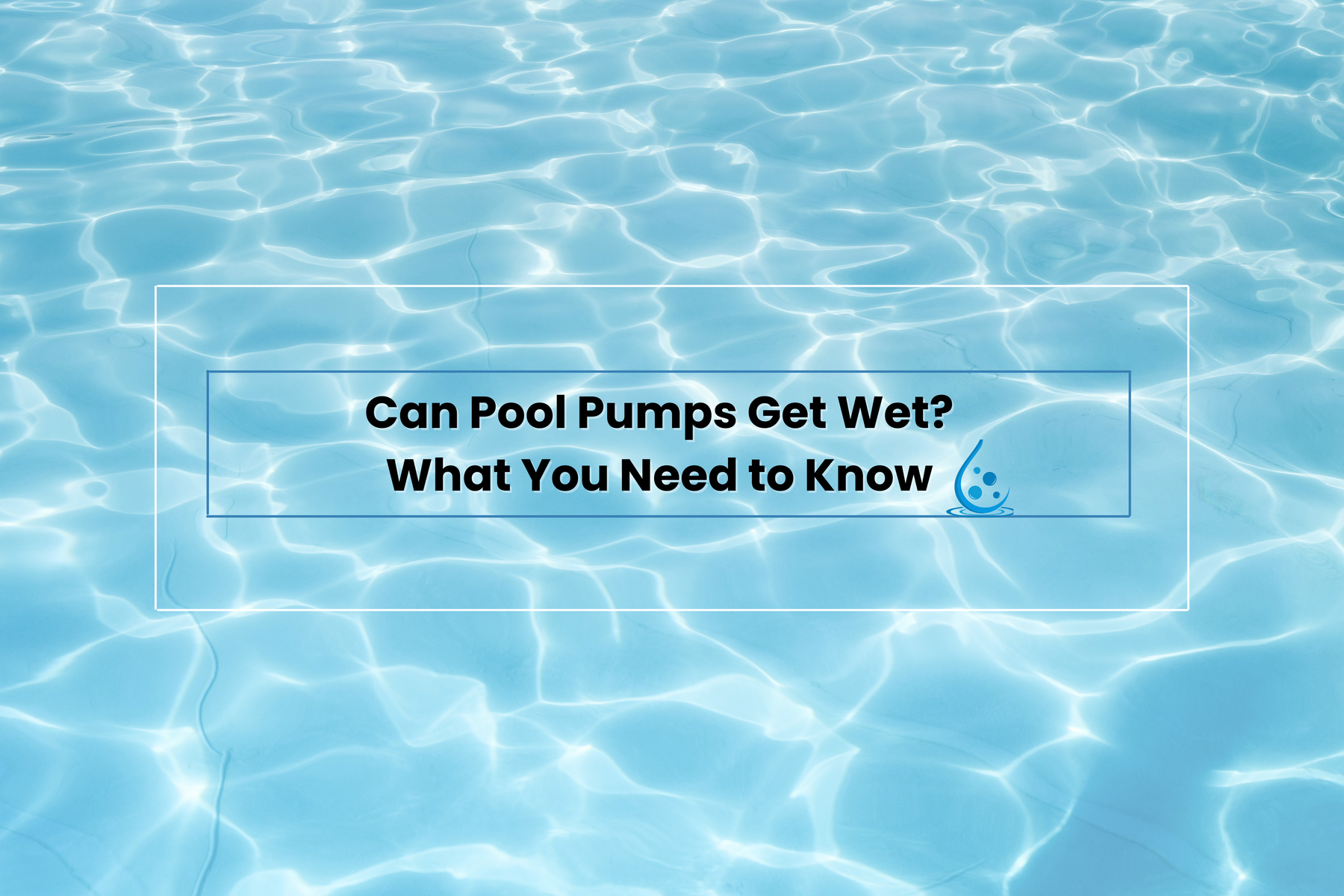
Can Pool Pumps Get Wet? What You Need to Know
Understanding Pool Pump Water Exposure
Sure, your pool pump moves water - but can it handle getting wet itself?
Find out how to protect your pump, avoid damage, and make sure your pool stays ready for fun.
How Much Water Can a Pool Pump Withstand?
Designed for Outdoor Elements
Pool pumps are built for the outdoors. They’re meant to handle rain, splashes, and humid air. You’ll often find them running just fine next to the pool in all kinds of weather.
Many models have sealed motors and sturdy casings to protect against moisture. But that doesn’t mean they’re invincible.
When is "Wet" Too Much?
A drizzle? No big deal. A puddle creeping over the motor housing? That’s where things get risky.
If water seeps into the motor or electronics, it can lead to rust, short circuits, or even total failure. That’s not just bad for your wallet - it could also be a safety hazard.
Any sign of standing water around your pump should be a red flag.
Protecting Your Pool Pump from the Elements
Just because your pump can handle some water doesn’t mean you should test its limits. A little protection can go a long way.
To Cover or Not to Cover?
Using a cover is a smart move. It keeps rain, leaves, and other debris off the pump. The key is airflow.
Look for a weatherproof cover that fits your pump model but still allows ventilation.
Don’t forget to lift the cover now and then to check for trapped moisture.
Actions During Heavy Rain or Storms
When storms roll in, the first step is to check your drainage. Make sure water doesn’t pool around the base of your pump.
If your area floods easily, consider raising the pump on a platform.
Unplug the pump during a severe storm to be safe. After the rain passes, give it a once-over before turning it back on.
Dealing with a Submerged or Flooded Pool Pump
If your pump ends up underwater, don’t panic - but don’t touch it right away either.
Immediate Steps and Damage Assessment
First, shut off the power at the breaker. Seriously - don’t skip this. Then, take a look.
If the pump is soaked, let it dry completely. A hairdryer won’t cut it here. You’ll need time and airflow.
Look for obvious damage like burn marks, rust, or a weird smell. These are signs it may be unsafe to run.
Repair vs. Replacement Considerations
If water didn’t reach the inner motor, you might get away with a simple repair. But if it was fully submerged or sat wet for hours, you’re probably looking at a replacement.
Some pumps, like models from FibroPool and Pentair, are built to last and may have replaceable parts. Still, once the electronics get hit hard, it's often more cost-effective (and safer) to swap it out.
A pro can tell you for sure, but don’t gamble on a damaged pump.
Are Pool Pumps Covered by Flood Insurance?
Most basic home insurance won’t cover flood damage. You’d need a separate flood policy to file a claim.
Even then, coverage depends on where the pump is and how it’s installed. If it’s hardwired and considered part of the pool system, there’s a better chance it’s covered.
Portable or plug-in pumps? Less likely. Either way, it’s worth asking your insurance provider directly.
Final Thought:
Pool pumps are tough - but they’re not waterproof superheroes. A little planning, the right cover, and quick action during storms can save you a lot of trouble.
Treat your pump like the heart of your pool system, and it’ll keep things flowing for years.
Related reading:
- Pool Pump Lifespan: How Long Do Pool Pumps Last?
-
Do Variable Speed Pool Pumps Really Save Money?
-
How Much Do Pool Pumps Cost to Run: Your Complete Guide
-
Discover the Most Energy Efficient Pool Pumps: Save Energy Without Sacrificing Performance
-
Do Pool Pumps Need to Be GFCI Protected? Pool Pump GFCI Requirements Explained




Leave a comment